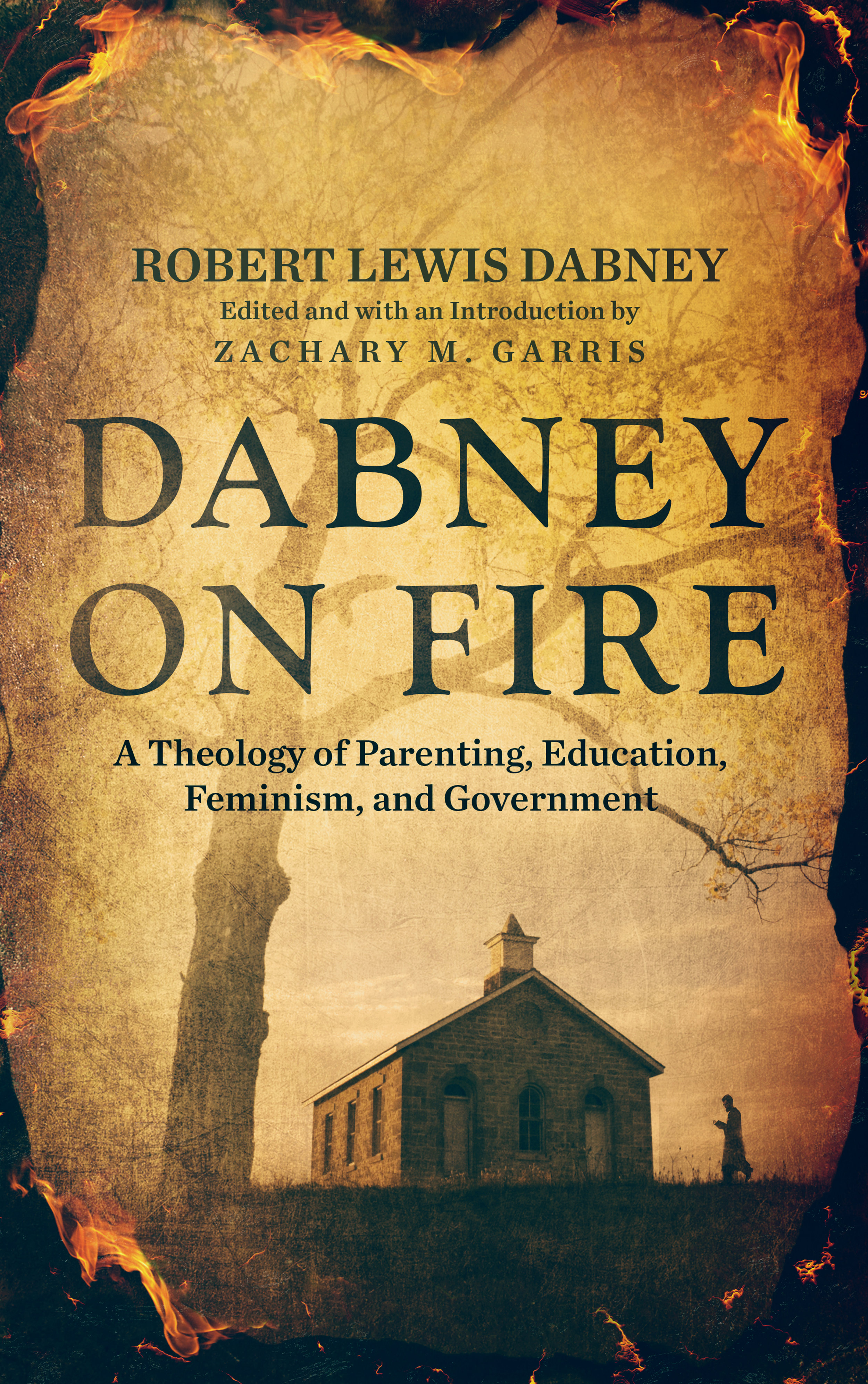Book Review: Dumbing Us Down (Gatto)
/John Taylor Gatto is a critic of America’s public school system who comes from an interesting perspective, as he taught in New York City’s public schools for over 30 years. For that reason alone, Dumbing Us Down is an intriguing book. Having seen things firsthand, Gatto is in a position to understand just how bad America’s public schools are.
Originally published in 1992, Dumbing Us Down: The Hidden Curriculum of Compulsory Schooling is a collection of essays and speeches by Gatto on public education. Though only five chapters and 95 pages, Gatto forcefully makes his claim that America’s public school system is a complete disaster that needs to be done away with.
Destroying the Family
Gatto believes one of the main problems with public schooling is that the state locks children away from community and family—“No large-scale reform is ever going to work to repair our damaged children and our damaged society until we force open the idea of ‘school’ to include family as the main engine of education” (p. 33). The schools are so bad in this regard that he says “the central function of schools” has been to “break children away from parents” (p. 33). Gatto says public schools are:
“a major cause of weak families and week communities. They separate parents and children from vital interaction with each other and from true curiosity about each other’s lives. Schools stifle family originality by appropriating the critical time needed for any sound idea of family to develop—then they blame the family for its failure to be a family” (p. 67).
What kids truly need is time with their parents: “The feeding frenzy of formal schooling has already wounded us seriously in our ability to form families and communities, by bleeding away time we need with our children and our children need with us. That’s why I say we need less school, not more” (p. 52).
Gatto also suggests that the school system interferes with church. Not only do they teach a secular worldview, but they also seek to function like a church. As he says, “In our secular society, school has become the replacement for church” (p. 17).
Trust the Free Market
Gatto points out how little the public schools are accomplishing, referencing a Ted Kennedy paper saying that the state literacy rate was 98% “prior to compulsory education” (p. 22) [which would be before 1850–1900]. Gatto in turn praises homeschooling, believing children schooled in the home to be “five or even ten years ahead of their formally trained peers” (p. 22).
It is no surprise therefore that Gatto advocates a free-market school system: “I’m trying to describe a free market in schooling exactly like the one the country had until the Civil War, one in which students volunteer for the kind of education that suits them even if that means self-education” (p. 18).
Gatto is quite critical of the public schools as a system. One problem he points out is the system’s control over teacher training and certification. But as Gatto says, “You don’t need officially certified teachers in officially certified schools to get a good education” (p. 49). Certainly there are many qualified and skilled people to teach who did not go through their university’s “college of education.” Gatto’s solution? “Break up these institutional schools, decertify teaching, let anyone who has a mind to teach bid for customers, privatize this whole business—trust the free market system” (p. 72).
Again he says we need the free market to correct this government control over education—“By preventing a free market in education, a handful of social engineers, backed by the industries that profit from compulsory schooling—teacher colleges, textbook publishers, material suppliers, and others—has ensured that most of our children will not have an education, even though they may be thoroughly schooled” (p. 85).
Conclusion
Overall, Gatto has quite a negative view towards America’s public school system. Having taught in it for 30 years, he has seen firsthand how “government monopoly schools” and “compulsory schools” (as he calls them) have brought harm upon our society. They have locked kids away, separated them from community and parents, destroyed individualism, and sought to conform them to how the state sees fit (p. 67).
As Gatto says, “It is time that we squarely face the fact that institutional schooling is destructive to children” (p. 17). His solution? Return education to the free market and make it home-centered. In other words, Gatto is calling for parents to consider the homeschooling option.







